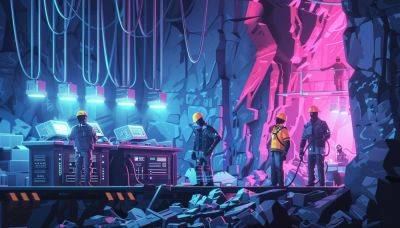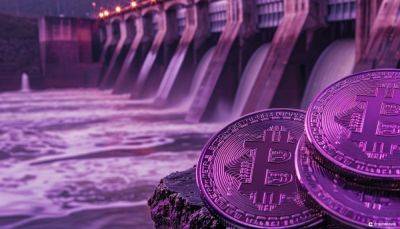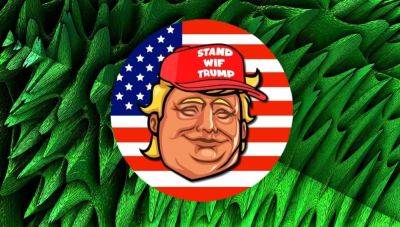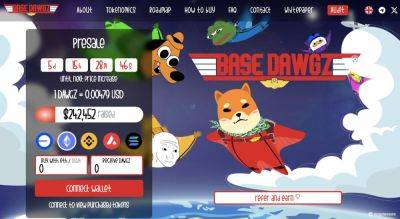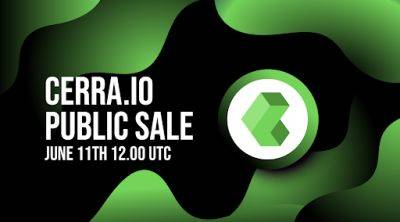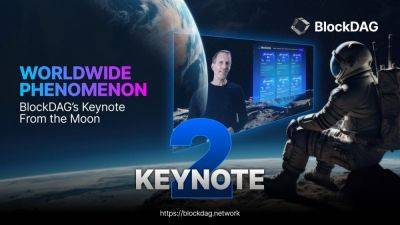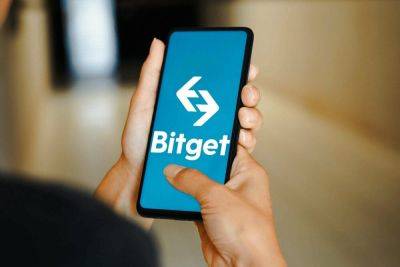AI Solutions Seek To Advance Real World Asset Tokenization
The tokenization of real-world assets (RWAs) may be the next “killer use case” for the crypto industry.
Investment bank Citi released a report in March 2023 showing that the market for RWAs is projected to reach $4 trillion to $5 trillion by the year 2030. The report notes that the potential for tokenization via blockchain is transformative, yet the technology is still not at the point of mass adoption. While this may be the case, industry experts believe that artificial intelligence (AI) solutions could push tokenized RWA use cases forward.
RWA tokenization has been a long-time concept and dates back to 2018 when security token offerings (STOs) were all the rage. Fortunately, today’s tokenized RWAs differ from previously seen STOs, which were largely unregulated.
Dave Hendricks, CEO and Co-founder of Vertalo, told Cryptonews that RWAs now have a degree of tangibility.
“If a custodian can’t hold on to the asset legally, and if it’s not considered a high-quality liquid asset by banks for international settlements, then some might not even consider that an RWA asset in the traditional sense,” explained Hendricks.
The Struggle Is Real…IMO RWA are real, hard assets and those would include anything that could be considered HQLA 1 or 2 under BIS's Basel III, but not limited to those.
Custodians hold all kinds of physical and non-physical assets. So my definition considers and includes Art…
— Dave Hendricks (@davehendricks) May 7, 2024
Hendricks added that Vertalo – a digital transfer agent and enterprise software platform – has been tokenizing RWAs since 2018. According to Hendricks, tokenization use cases are an important part of the decentralized finance (DeFi) ecosystem.
He noted that use cases like stablecoins differ from
Read more on cryptonews.com
